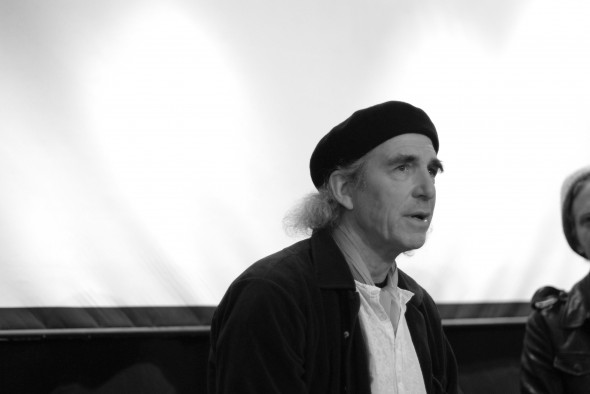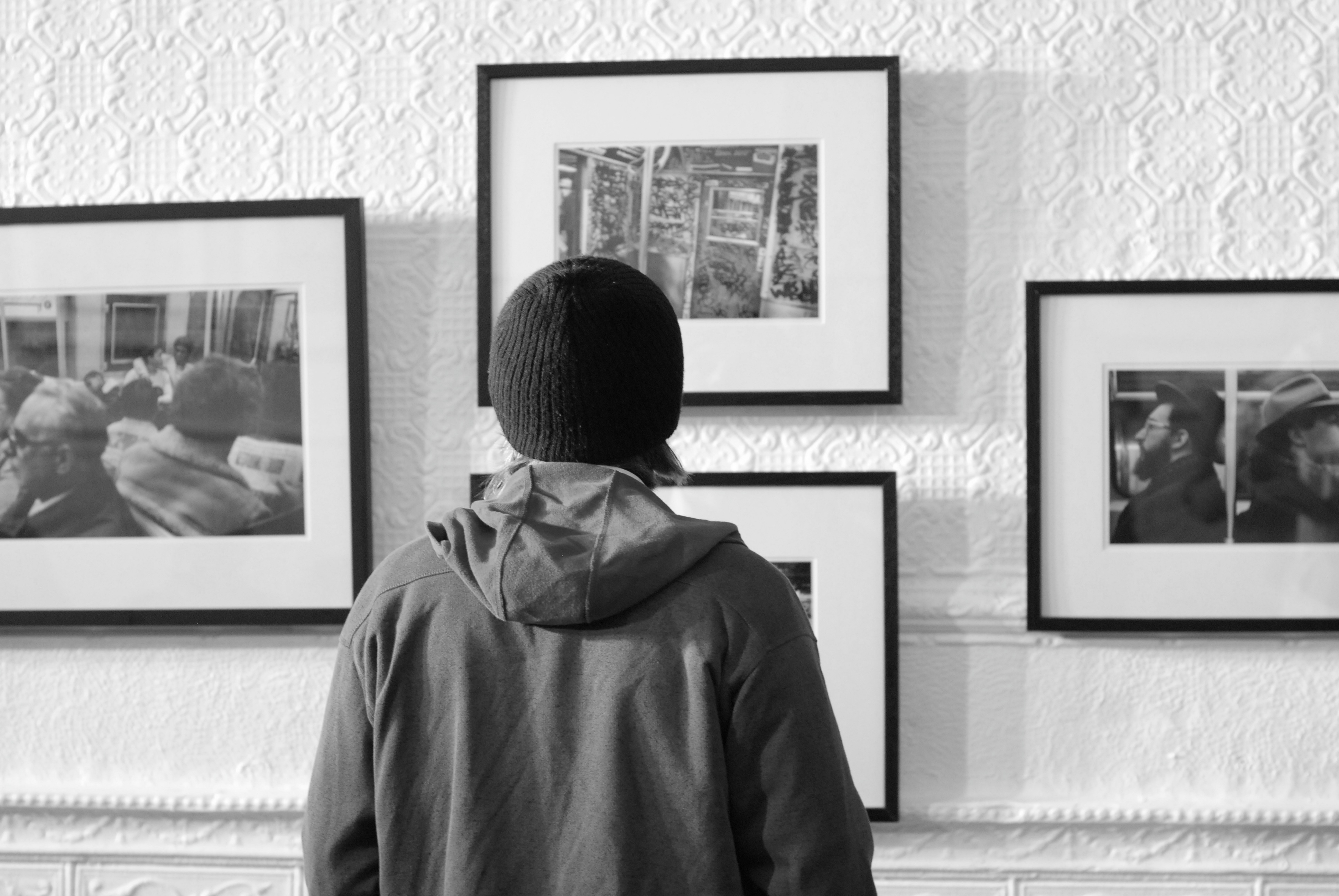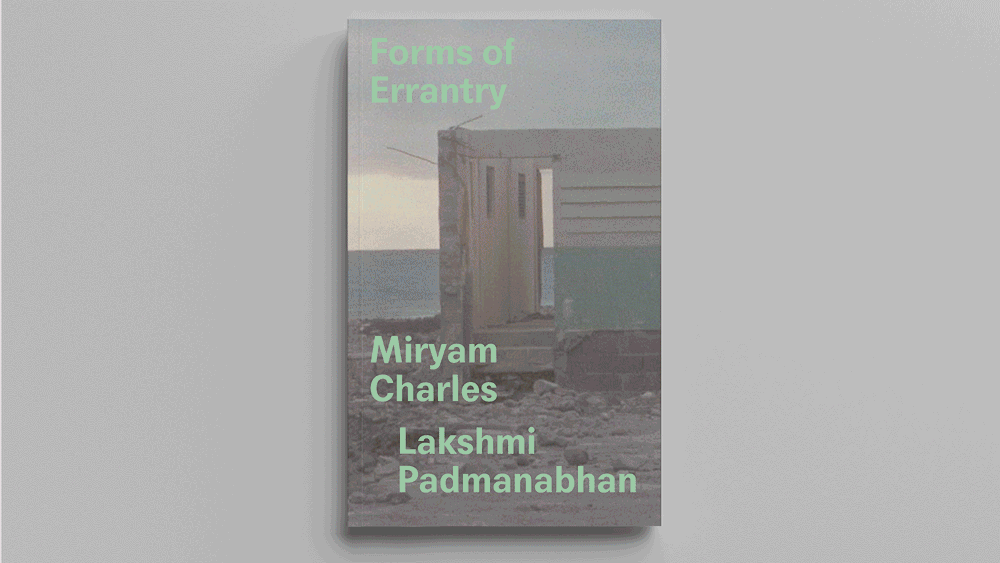Richard Sandler is a New York based documentary video and filmmaker, street photographer, and photography curator. He was awarded a Guggenheim Foundation Fellowship for Film-Making in 2006, and two New York Foundation for the Arts Fellowships in Photography in 1992 and 1998. The interview and Q&A was hosted by Peter Buntaine, who has worked professionally as a freelance cinematographer, director and editor while maintaining a steady output of his own short-form content, along with the audience participation.
Along with Richard’s photography exhibit A Former New York two of his films were screened. Brave New York is a 55 minutes free-form documentary that loosely chronicles 12 years of intense change in the East Village “hood”, from 1992 to 2004. From the reopening of the newly curfew-ed Tompkins Square Park, and Wigstock, in ’92, to the destruction and sale of the cherished Loisaida Community Gardens, to the yuppie invasions of the dot com years, to the present era, indelibly stamped with post 9/11 grief, this durable, lusty neighborhood survives in spite of a real estate gold rush that has excluded all but the well-to-do. The film’s main voices are those of the artists and street people whose wisdom and commentaries upon the dominant culture, give pause amidst the speedy approach of a “Brave New World.”
In contrast, his 22 minutes film Radioactive City is an experimental documentary about Los Angeles during the apocalyptic Spring of 2011. The Fukushima nuclear disaster and an incidence of sports violence at Dodger Stadium, are in the air. Endlessly driving the voyeuristic streets, always listening to the radio.
Read the full transcript from the post-screening Q&A below.
_____________________________________________________
Peter Buntaine: What got you started with video and film and how did you transition to it from still photography?
biaxin rash treatment http://picturesociety.org/erexin-v-without-prescription/ Richard Sandler: I always loved going to the movies but I never dreamed that I could ever make any type of films myself. Then what happened was I got a grant in 1992 and instead of buying photographic equipment with the grant money, I decided to buy video equipment. So in 1992 I got my first video camera and found that I loved it, and the beauty about it was that I could keep my ears open now. With still photography the sound never comes through obviously. I mean that’s pretty clear, so now the sound of the street became so important and you know, sound can drive an image, even if the image isn’t necessarily beautiful, or perfect image.
The transitions from films to video and stills was an interesting one for me because as I said I never had this idea that I was going to start shooting film and video, but I love Stanley Kubrick’s movies and he was a still photographer before he was a filmmaker, and many others… Robert Frank of course became a filmmaker after he was a still photographer at The Americans.
The discipline of still photography is either there or is not, either you’ve got a good shot or you don’t, there’s almost no middle ground. So it’s good training for how to put together a film or video image ,which I would argue it’s a lot easier because you can work into a beautiful framing. It doesn’t have to start out perfect, but it does have to get somewhere.

Audience Member #1: Have you ever just missed images and moments, and is that a frustrating part of your process? For every moment that you get, do you miss many, and is that difficult?
Richard Sandler: Of course the answer is yes, but the point is you have to have the camera ready at the ready all the time… If you have to take the camera out by the definition you will miss it (the moment) more than likely. But if you walk around with a camera on or loaded with film you have a much better chance to increase your chances, and so that is the first lesson of photographers, of still photographers in particularly, you know, always have your camera with you and ready even when you go to the laundromat, because you just might see something or get inspired to make some sort of an image out of elements that you see. And If you don’t have your camera you can’t do it!
So to answer your question there are certainly many moments that were missed but there are probably an equal number that were surprises, you know. Surprises are wonderful! Particularly in still photography. A lot of things are surprising because it happen so fast and you can’t really account for every little detail that it’s in the frame. And then you get lucky! Or maybe you were just intuitive, or whatever, is hard to know. With still photography is kinda like jazz, sort of like a jazz improvisation, it’s all reaction! It’s all just reaction to a beat that is happening around you and you don’t need to know why. So still photography is a wonderful, wonderful way to get sort of get read, it’s like taking your own pulse almost.
Audience Member #2: There’s all different kind of levels or ways of going by the collaborative process with an editor, so in your case, is more of a technical tool for you or how much a creative collaboration goes there?
Richard Sandler: Oh it’s a hugely creative collaboration. In this case, in Brave New York I was the assistant editor. I mean obviously I shot it but my editor, Dan Brown, who is great, I love his work, he came to New York to work on a documentary, so he was working all day and he’d come home like 10 o’clock at night, editing the documentary about Jeff Koons, the conceptual artist Jeffrey Koons, and he’s come home. He stayed with me for a couple a months, and I told him he could stay for free but he had to edit my movie, that was the pay, and that’s what he did. So we started working at 10 o’clock at night but I would have been working the whole entire day digitizing the material that I wanted and then I would put it in the timeline, I mean I know enough about FCP to do that. And so I would put the things that I wanted in the timeline and then he’d come back and maybe we’d changed them a little bit, but he would fine them up.
And I feel very strongly about that, at least in my work, that the Director (me) should be the assistant editor, you know, that I should be the one… and I feel strongly about that actually as a sort of modus operandi, when in making work don’t put it on the editors lap, if you are the director you should know what you are going for, or at least try what you like and then come and work with the editor later, so the editor doesn’t get like a bunch of shit just like dumped in his lap or her lap, you know, and say, “ok, spin gold out of hay”, and a lot of directors tend to do that and I don’t think it works so good. Specially in the era of video where is very easy to overshoot.






